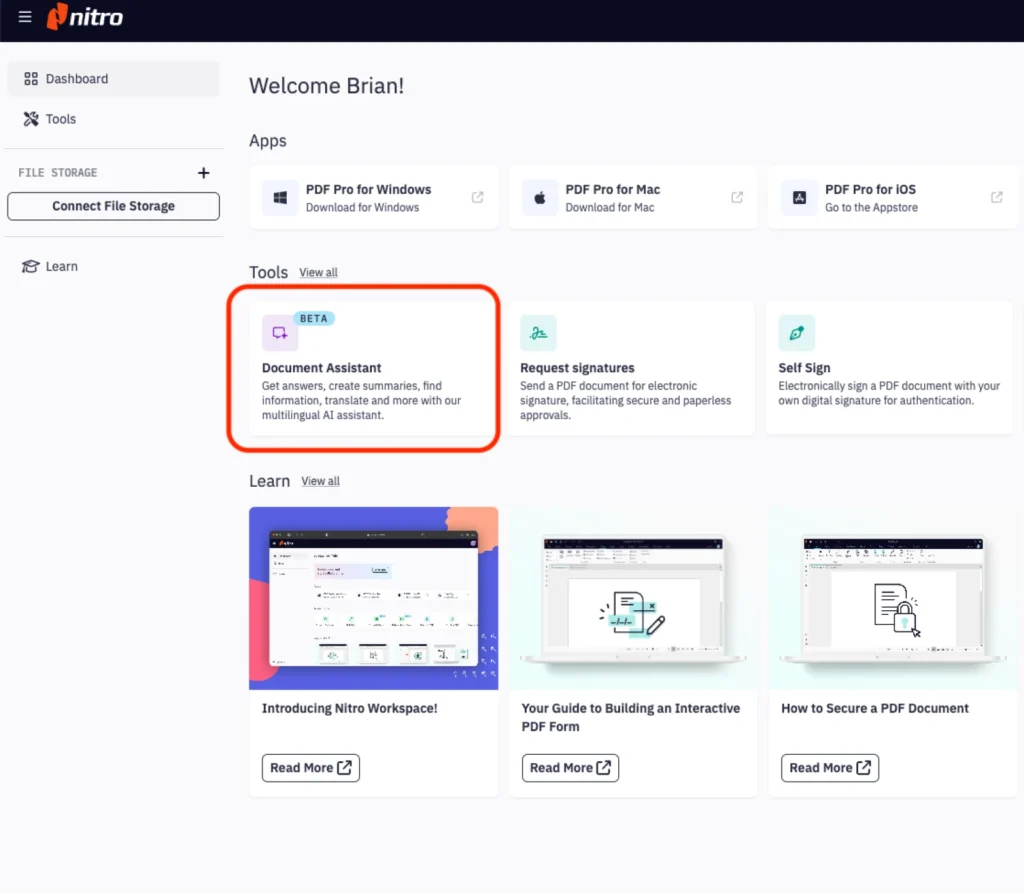In the realm of bytes and bits, data loss is the arch-nemesis, lurking around every corner. From the precious snapshots of life to the bedrock of business operations, the impact of losing data spans from mild annoyance to utter catastrophe. The usual suspects? A motley crew of hardware malfunctions, digital marauders, and those moments we wish we could Ctrl+Z in real life.
As we gear up for World Backup Day this March 31st, let’s march into battle well-armed to protect our digital dominions. Consider this your strategy guide to fortifying your defenses and keeping your virtual worlds invincible.
WHY DATA BACKUP ISN’T OPTIONAL
Data loss, with its myriad causes from accidental deletions to malicious ransomware attacks, presents a significant threat to personal and organisational data integrity.

KEY CAUSES OF DATA LOSS
- Hardware Failures: Hard drive crashes, power surges, and physical damage can render data inaccessible or corrupt. Such failures underscore the fragility of digital storage mediums.
- Cyber Threats: Viruses, malware, and ransomware are formidable adversaries. These cyber threats can encrypt, delete, or steal sensitive data, breaching the confidentiality and integrity of your digital assets.
- Human Errors: Simple mistakes, such as accidental file deletions or overwrites, often lead to irrevocable data loss. The absence of backups in such scenarios can result in the permanent disappearance of crucial data.
- Lack of Backups: Neglecting to implement regular backup and disaster recovery plans exposes data to the risk of irreversible loss, particularly during system failures or cyber incidents. Without effective backup strategies, the continuity and operational capacity of organisations are at stake.
THE IMPORTANCE OF DATA BACKUP
- Data Protection: Backups serve as a safeguard against data loss incidents, ensuring that critical information remains accessible and recoverable.
- Business Continuity: Effective backup strategies support business continuity by minimising downtime and mitigating the impact of data loss on operations.
- Risk Mitigation: Proactive backup practices help mitigate risks associated with hardware failures, cyber threats, and human errors that could lead to data loss.
BEST PRACTICES FOR DATA BACKUP
- Regular Backups: Establish a routine backup schedule to ensure that data is consistently backed up and updated.
- Offsite Storage: Store backups in offsite locations or cloud environments to protect against physical disasters and enhance data resilience.
- Encryption: Encrypt backup files to maintain data security and confidentiality during storage and transmission.
By understanding the common causes of data loss and implementing robust backup strategies, individuals and organisations can effectively mitigate risks associated with potential data loss incidents and ensure the integrity and availability of critical information.
COMPREHENSIVE BACKUP SOLUTIONS: ONE SIZE DOESN’T FIT ALL
AUTOMATED BACKUP
Your data is as unique as your digital fingerprint, requiring tailored strategies to ensure its safety.
Automated backup solutions offer a convenient and efficient way to protect your data without the need for manual intervention. Here are some key points to consider when exploring automated backup options:
Benefits of Automated Backup:
- Efficiency: Automated backup software streamlines the process, saving time and effort compared to manual backups.
- Consistency: Ensures regular backups are performed without relying on user intervention, reducing the risk of data loss.
- Convenience: Set-it-and-forget-it functionality allows users to focus on other tasks while data is automatically backed up in the background.
- Multi-Platform Support: Many automated backup solutions cater to diverse devices and platforms, making it easier to protect data across various systems.
Features to Look for in Automated Backup Software:
- Scheduling Options: Flexible scheduling capabilities to set backup frequency and timing based on individual needs.
- Incremental Backups: Efficient use of storage by only backing up changes since the last backup.
- Encryption: Ensure data security with encryption features to protect sensitive information during transmission and storage.
- Versioning: Ability to store multiple versions of files, enabling easy recovery of previous versions if needed.
- Notification Alerts: Receive alerts or reports on backup status and any issues that may arise.
CLOUD BACKUP
Cloud backup services offer a secure and scalable solution for storing data offsite, providing protection against data loss, disasters, and unauthorised access. Here are some key aspects to consider when exploring cloud backup options:
Benefits of Cloud Backup:
- Accessibility: Data stored in the cloud can be accessed from anywhere with an internet connection, offering flexibility and convenience.
- Scalability: Cloud backup services can easily scale up or down based on storage needs, eliminating the need for physical hardware upgrades.
- Redundancy: Cloud providers often replicate data across multiple servers and locations, ensuring redundancy and high availability.
- Security: Encryption protocols and access controls safeguard data during transmission and storage, protecting it from unauthorised access.
- Automation: Scheduled backups and continuous data protection features automate the backup process, reducing manual intervention.
Features to Look for in Cloud Backup Services:
- Data Encryption: Ensure data is encrypted both in transit and at rest to maintain confidentiality.
- Compliance: Verify that the cloud provider complies with industry regulations and standards relevant to your data.
- Data Recovery Options: Evaluate the ease and speed of data recovery in case of accidental deletion or system failure.
- Versioning: Ability to store multiple versions of files for easy recovery of previous iterations.
- Cost-Effectiveness: Consider pricing models, storage limits, and any additional fees associated with data transfer or retrieval.
PASSWORD VAULT
Password vaults, also known as password managers, are tools designed to securely store and manage passwords for various online accounts. Here are some key points to consider when exploring password vault solutions:
Benefits of Password Vaults:
- Enhanced Security: Password vaults generate strong, unique passwords for each account, reducing the risk of password reuse and enhancing overall security.
- Convenience: Centralised storage of passwords simplifies login processes and eliminates the need to remember multiple complex passwords.
- Encryption: Password vaults use encryption to protect stored passwords, ensuring that sensitive information remains secure.
- Multi-Device Sync: Many password managers offer synchronisation across multiple devices, allowing seamless access to passwords from anywhere.
- Password Generation: Built-in password generators create strong, randomised passwords for improved security.
Features to Look for in Password Vaults:
- Strong Encryption: Ensure that the password vault uses robust encryption algorithms to protect stored data.
- Two-Factor Authentication: Additional layer of security to prevent unauthorised access to the password vault.
- Auto-fill Functionality: Automatically fills in login credentials on websites and apps for a seamless user experience.
- Secure Sharing: Ability to securely share passwords with trusted individuals or team members.
- Audit Trail: Track password usage and changes for enhanced security monitoring.
IMPLEMENTING EFFECTIVE BACKUP STRATEGIES
3-2-1 BACKUP RULE
The 3-2-1 Backup Rule is a widely recognised best practice in data backup and disaster recovery planning. Here is more information about the 3-2-1 Backup Rule and its significance in ensuring data protection:
What is the 3-2-1 Backup Rule?
- Rule Overview: The 3-2-1 Backup Rule emphasises creating multiple copies of data in different locations to enhance data resilience and recovery capabilities.
- Components:
- 3 Copies: Maintain three copies of your data to ensure redundancy and availability in case of data loss.
- 2 Different Formats: Store the copies in at least two different formats (e.g., on-premises storage, cloud storage, external hard drive) to protect against format-specific failures.
- 1 Copy Stored Offsite: Keep one copy of the data offsite, preferably in a secure location or cloud storage, to safeguard against physical disasters like fires, floods, or theft.
Importance of the 3-2-1 Backup Rule:
- Redundancy: Having multiple copies reduces the risk of complete data loss due to hardware failures, cyber-attacks, or accidental deletions.
- Resilience: Storing data in different formats and locations ensures that even if one copy is compromised, other copies remain intact for recovery.
- Disaster Recovery: Offsite storage provides protection against site-specific disasters, ensuring data availability even in catastrophic events.
Implementing the 3-2-1 Backup Rule:
- Backup Strategy: Develop a backup strategy that aligns with the 3-2-1 rule by creating and maintaining multiple copies of critical data.
- Storage Solutions: Utilise a combination of on-premises storage, cloud storage services, and external drives to diversify backup locations.
- Regular Testing: Periodically test backups to verify their integrity and accessibility, ensuring that they can be successfully restored when needed.
Benefits of the 3-2-1 Backup Rule:
- Data Security: Enhances data security by reducing the risk of permanent data loss.
- Reliability: Improves backup reliability and recovery capabilities in various scenarios.
- Scalability: Adaptable to different storage environments and scalable for growing data needs.
By adhering to the 3-2-1 Backup Rule, individuals and organisations can establish a robust backup strategy that prioritises data protection, resilience, and disaster recovery readiness. This rule serves as a foundational principle for effective data backup practices in safeguarding against potential data loss incidents.
THE GUARDIANS OF DATA: DLP AND ENDPOINT SECURITY
Endpoint protection and privileged access management are crucial components of cybersecurity that focus on securing endpoints and managing access to sensitive data. Here is an overview of these concepts and their importance in safeguarding digital assets:
Endpoint Protection:
Endpoint protection involves securing endpoints like computers, mobile devices, and servers from cyber threats such as malware, ransomware, and unauthorised access.
Key Functions:
- Threat Detection: Identifying and mitigating potential security threats at the endpoint level.
- Data Loss Prevention (DLP): Preventing unauthorised data access or leakage from endpoints.
- Endpoint Security Software: Utilising security solutions like antivirus, firewalls, and intrusion detection systems to protect endpoints.
Privileged Access Management (PAM):
Privileged access management focuses on controlling and monitoring access to critical systems and data by privileged users, such as administrators or IT personnel.
Key Functions:
- Access Control: Limiting privileged access to authorised individuals based on roles and responsibilities.
- Monitoring and Auditing: Tracking privileged user activities for security compliance and threat detection.
- Password Management: Ensuring secure storage and rotation of privileged account credentials.
Importance of Endpoint Protection and Privileged Access Management:
- Security Compliance: Endpoint protection and PAM help organisations comply with regulatory requirements by securing endpoints and managing access to sensitive data.
- Data Protection: These measures safeguard against data breaches, insider threats, and unauthorised access to critical information.
- Risk Mitigation: By implementing robust endpoint security and access controls, organisations reduce the risk of cyber incidents that could lead to financial losses or reputational damage.
———————-
This World Backup Day, don’t let your guard down. Review your defenses, enlist the aid of our digital safeguarding champions, and reinforce your data against the unforeseen. Your digital legacy is at stake.



